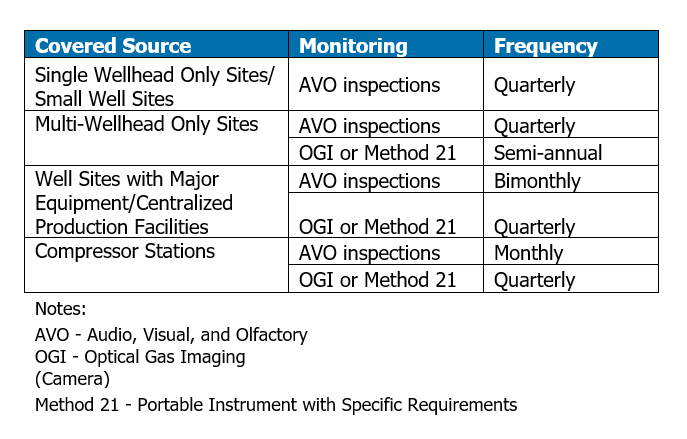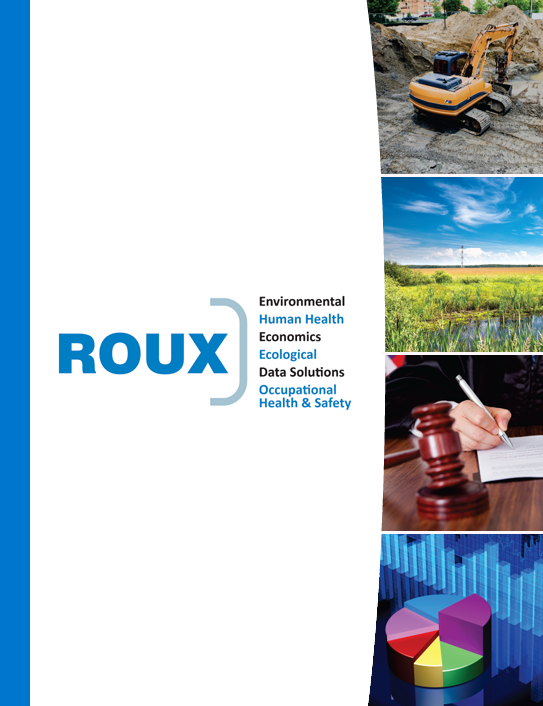EPA Ruling on Oil & Natural Gas Triggers Increased Monitoring
EPA Final Rule Regarding New, Reconstructed, and Modified Sources for the Oil and Gas Sector
The US Environmental Protections Agency (EPA) finalized a regulation on December 2, 2023, targeting the oil and gas industry’s methane and volatile organic compound (VOC) emissions for new, reconstructed, and modified oil and gas sources. The final rule was published on March 8, 2024 and was made effective May 7, 2024. These new rules intend to reduce methane and VOC emissions from production/processing and natural gas transmission/storage operations.
Production and processing operations covered by the new EPA rule include onshore well sites, storage tank batteries, gathering and boosting compressor stations, and natural gas processing plants. For natural gas transmission and storage operations, compressor stations and storage tank batteries are included in the regulations. As of May 7, increased monitoring for methane and VOCs is required at these oil and gas sites, impacting facility owners.
New Source Performance Standards (NSPS) for new, modified, and reconstructed sources are based on the date of construction. For the establishment of emissions guidelines for existing sources, the rule gives individual states two years to submit plans for reducing methane emissions and gives industry three years to comply with these emission standards once state plans are developed. For new, modified, and reconstructed sources, the following permits will apply, dependent on date of construction, modification, or reconstruction. (Please reference the final rule and regulatory text for more information on OOOO-OOOOc.)
- August 23, 2011, through September 18, 2015, fall under NSPS OOOO;
- After September 18, 2015, through December 6, 2022, fall under NSPS OOOOa;
- After December 6, 2022, fall under NSPS OOOOb; and
- On or before December 6, 2022, fall under NSPS OOOOc.
Depending on the number of sources, the monitoring and frequency is as follows:

Lastly, the new rule has a two-year plan to limit and phase out flaring for new, modified, or reconstructed flares. The routes for reduction in flaring include capture of vapors and chemicals for sale; on-site fuel use; or other purposes, reinjection, or injection into another well. Flares constructed on or before December 6, 2022, that have modifications or reconstruction after that date, will be allowed only if it is determined to be technically infeasible to cease their operation. Documentation of the technical infeasibility will be required annually if greater than 40 tons per year of methane are emitted. After March 8, 2026, no new flare construction or approval will be allowed as part of the NSPS.
What can Roux do to help?
Roux’s engineering, compliance, and air experts have been routinely providing services to the petrochemical industry for more than 40 years and can help evaluate existing site emissions and provide robust facility/portfolio-wide air monitoring and reporting as required to comply with the new regulations. To reach out to our experts, please fill out the form below.

